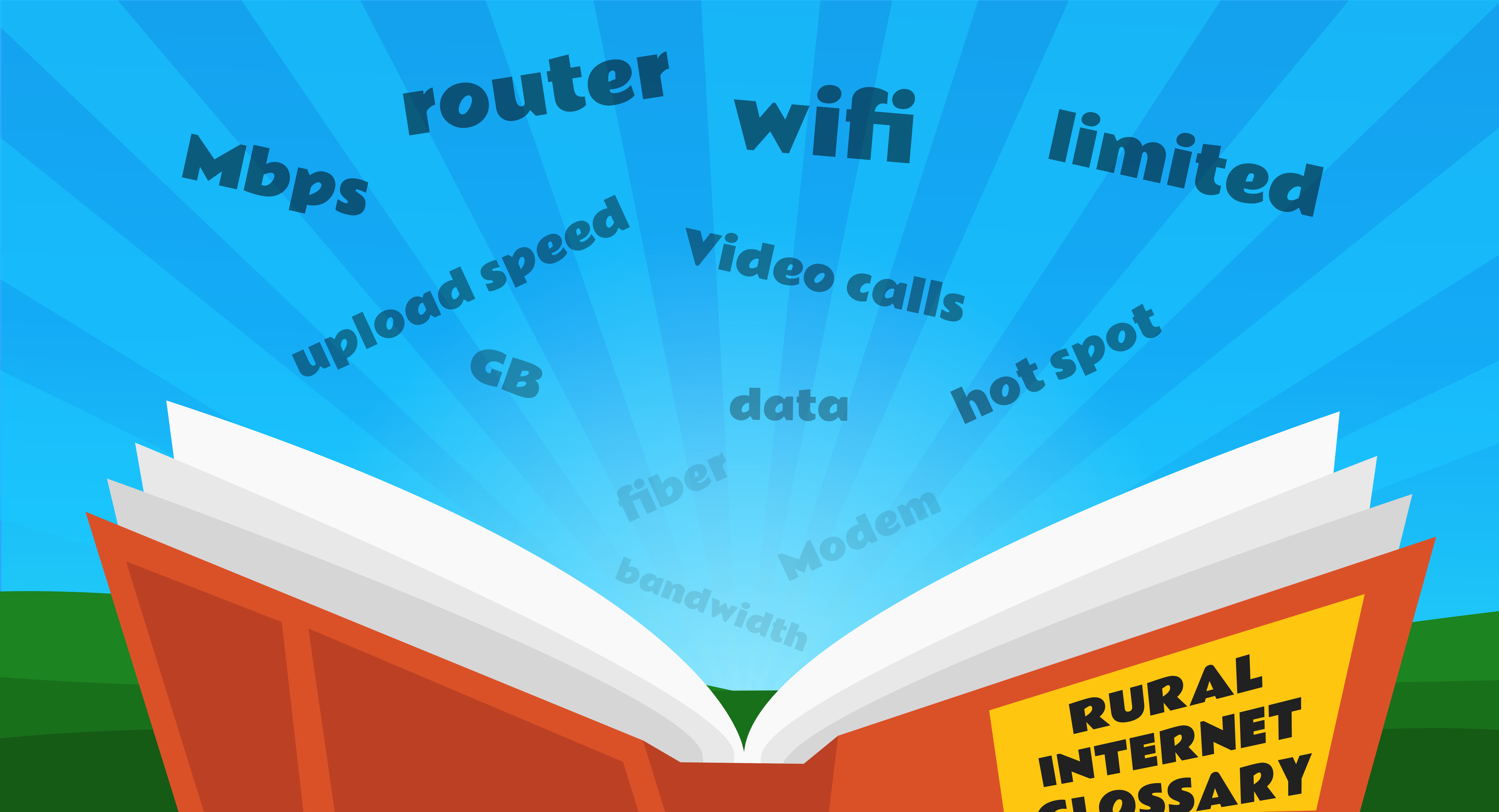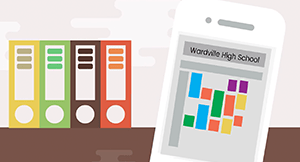
Rural living offers so many perks, but high-speed internet isn’t among them.
This problem predates the pandemic by decades, but there was always an alternative to make ends meet when people could gather in schools. Shelter-in-place and remote learning have added twists and turns on the road to connected schools. CTOs have scrambled to pair students with devices, only to discover there is no reliable internet connection at home—or that the internet connection reported happens to be someone’s cell phone acting as a hot spot.
Earlier in 2020, internet service providers offered free or low-cost connections to students, and some breathed a sigh of relief. But what happens to the students—and educators—outside the service area? Their options are much more limited, much harder to understand, and come with a vocabulary that presents a learning curve in and of itself. This guide contains terms that families with little tech savvy need to know using language they can understand when shopping for their own household internet.
Hardware: Devices you can hold in your hands.
Software: Services you use a computer or device to access.
Hotspot: This term is getting a lot of attention, as schools typically have a limited number of these on hand. A hotspot is a piece of hardware that acts as both a modem and a WiFi router to bring connection to households without internet access. But for individual families, “hotspot” can mean an internet connection which is not limited to one address. This adds additional fees for the freedom travel affords (for example, one could take their hotspot to a different state on vacation). It may be best to avoid this term when shopping for a single address or household.
GB: Gigabytes, as in “55GB per month.” This is the amount of internet usage available on an account. Each activity on the web will use a different number of GB. For example, streaming video could take anywhere from 1GB (standard definition) to 3GB (high definition) per hour.
Limited: Once you hit the cap of connectivity (say, 55GB per month), you can still connect to the internet, but speeds will lag so activity is almost impossible.
Unlimited: There is no cap of connectivity, and your speed will remain the same regardless of internet usage.
Mbps: Megabits per second, as in “100mbps.” This is the speed at which connection flows. The higher the number, the faster the internet.
100mbps: Considered the threshold for “high-speed” internet. This speed allows for multiple connections to happen at once with little lag.
Video calls: Zoom, Google Meets, and Microsoft Teams calls may be substituted here. These gobble insane amounts of internet when on a limited plan. A single video call can easily claim over 10GB. Consider relaxing camera requirements if possible, especially for people with limited connectivity.
Upload speed: The speed at which the user can add items to the internet (e.g., attaching a file). This is often slower than download speed, since the majority of internet use is consuming, rather than uploading.
Download speed: The speed at which content is retrieved via the internet. Think of a browser loading a website, or a video buffering.
Fiber: Internet delivered through underground cables, often very fast. It is rarely available in rural areas.
Satellite: Internet delivered from satellites to households. Often one of the only connection options in rural areas.
Modem: A piece of hardware named for the combination of “modulator-demodulator,” this device converts phone signal to digital and back again. It is often used WITH (not instead of) a WiFi router.
WiFi: Short for wireless fidelity, this is a method of connecting to the internet without cables. It’s become synonymous with “the internet.”
WiFi router: Hardware that delivers internet connectivity to devices in a household or building.
Data: Data connections, also known as 4G or LTE, differ from WiFi and are delivered by a cell phone or smart device using a service plan.
If there’s any one takeaway from this era of hybrid and remote learning, it’s that the road to connected schools is still heavily under construction.
We must keep the destination of high-speed internet for all in our long-term goals, and in the meantime work with solutions we have available.
Follow-up resource: How far we've come
Progress is progress, even if we're still on the way. Check out what's in the rearview in The Road to Connected Schools.WHAT'S NEXT FOR YOUR EDTECH? The right combo of tools & support retains staff and serves students better. We'd love to help. Visit skyward.com/get-started to learn more.

|
Erin Werra Blogger, Researcher, and Edvocate |
Erin Werra is a content writer and strategist at Skyward’s Advancing K12 blog. Her writing about K12 edtech, data, security, social-emotional learning, and leadership has appeared in THE Journal, District Administration, eSchool News, and more. She enjoys puzzling over details to make K12 edtech info accessible for all. Outside of edtech, she’s waxing poetic about motherhood, personality traits, and self-growth.




